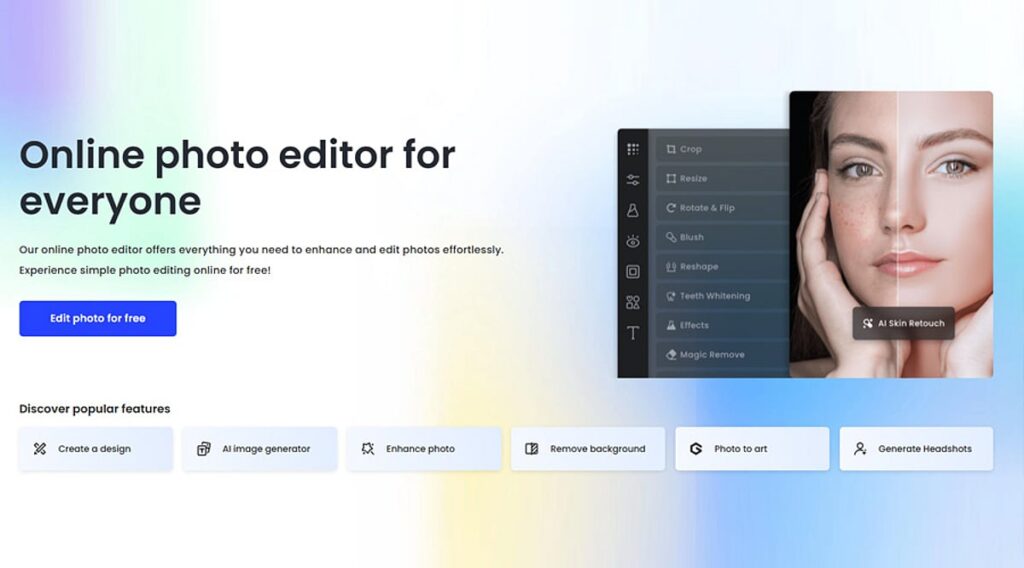The landscape of artificial intelligence is rapidly expanding, especially in the domain of creative content generation. As small and medium-sized businesses (SMBs) seek efficient and effective tools to boost their marketing and engagement efforts, the need for reliable AI platforms has never been greater. Among the various options available, two noteworthy contenders are Fotor and another popular platform, Lumen5. Both tools excel in converting text or images into video content, yet they differ in features, pricing, and overall usability.
Fotor’s AI video generator allows users to create videos from text descriptions or uploaded images. Its user-friendly interface is designed for individuals lacking technical expertise, making it accessible for users across various skill levels. Fotor does limit video output to landscape orientation, which could be a significant drawback for those seeking more versatile formats. Additionally, users can choose from three resolution options—360p, 720p, and 1080p—though the length of videos varies depending on the resolution. For example, only four-second clips can be generated in 1080p or 360p resolutions, while the 720p option permits longer durations of either four or eight seconds.
In contrast, Lumen5 shines in its versatility and ease of use. It is similarly designed for non-technical users but offers a wider range of video formats, making it suitable for platforms like Instagram Stories and TikTok. Lumen5 allows for the creation of videos in various aspect ratios, which is crucial for adapting content to different social media platforms. Additionally, Lumen5’s AI capabilities excel in transforming lengthy texts into engaging scripts and visuals, offering templates that streamline the creative process. This makes Lumen5 a preferable choice for content marketers looking to repurpose blog posts or articles into multimedia presentations.
When considering the reliability of both platforms, Fotor delivers solid performance when generating HD videos, but its offerings often weigh down on length and style flexibility. Meanwhile, Lumen5 provides a smoother user experience, benefiting from advanced AI algorithms that allow for quicker adjustments and better output quality. Both platforms come with options to enhance video quality or remove unwanted objects; however, Lumen5’s robust editing capabilities give it the edge when fine-tuning video content.
Pricing is another critical factor for SMBs. Fotor has a tiered pricing model with basic free options, but many essential features are locked behind premium plans. The cost can escalate quickly for users needing advanced functionalities. Conversely, Lumen5 operates on a subscription-based model, providing a free version with limited features, while its paid tiers offer extensive options. In this regard, businesses should evaluate their budget and choose based on which set of features aligns more closely with their marketing goals.
Integration capabilities are vital for businesses seeking to blend new tools into their existing workflows. Both platforms support integrations with social media channels—Fotor is more restrictive with direct integrations, focusing mainly on sharing options to platforms like TikTok, YouTube Shorts, and Instagram Reels. On the other hand, Lumen5 offers more flexibility, allowing for seamless integration with various content management systems and social platforms. This characteristic can greatly reduce the learning curve for teams already accustomed to specific platforms.
For migration, SMBs considering the switch to or from either of these tools can take several low-risk steps. First, establishing a clear understanding of content goals will help guide the choice. During the migration, users can begin with pilot projects—small-scale tests that enable evaluation before fully committing. For Fotor, users might upload basic images and test the AI-generated video outputs, while Lumen5 users could transform existing blog posts into short videos. Collecting feedback during this phase will provide valuable insights, ensuring the chosen platform meets the business’s needs.
In evaluating the total cost of ownership over a period of three to six months, businesses should factor in not only subscription fees but also the costs associated with video production time, team training, and potential marketing spend. Lumen5 may yield a higher upfront cost but could result in faster production cycles, leading to better ROI as it can create more engaging content that drives traffic and conversions. Conversely, Fotor may appear cheaper initially, but if it fails to adequately serve business goals, the long-term costs may outweigh the benefits.
FlowMind AI Insight: As SMBs navigate the evolving landscape of creative video generation, each platform presents unique strengths. Fotor’s ease of use and AI capabilities are beneficial for quick projects but may lack the comprehensive features offered by Lumen5. In contrast, Lumen5’s versatility and adaptation to multiple formats could provide a more sustainable return on investment. Businesses must conduct thorough evaluations based on their specific needs, ensuring that the tool they choose empowers their marketing strategies effectively and efficiently.
Original article: Read here
2025-01-06 08:00:00

